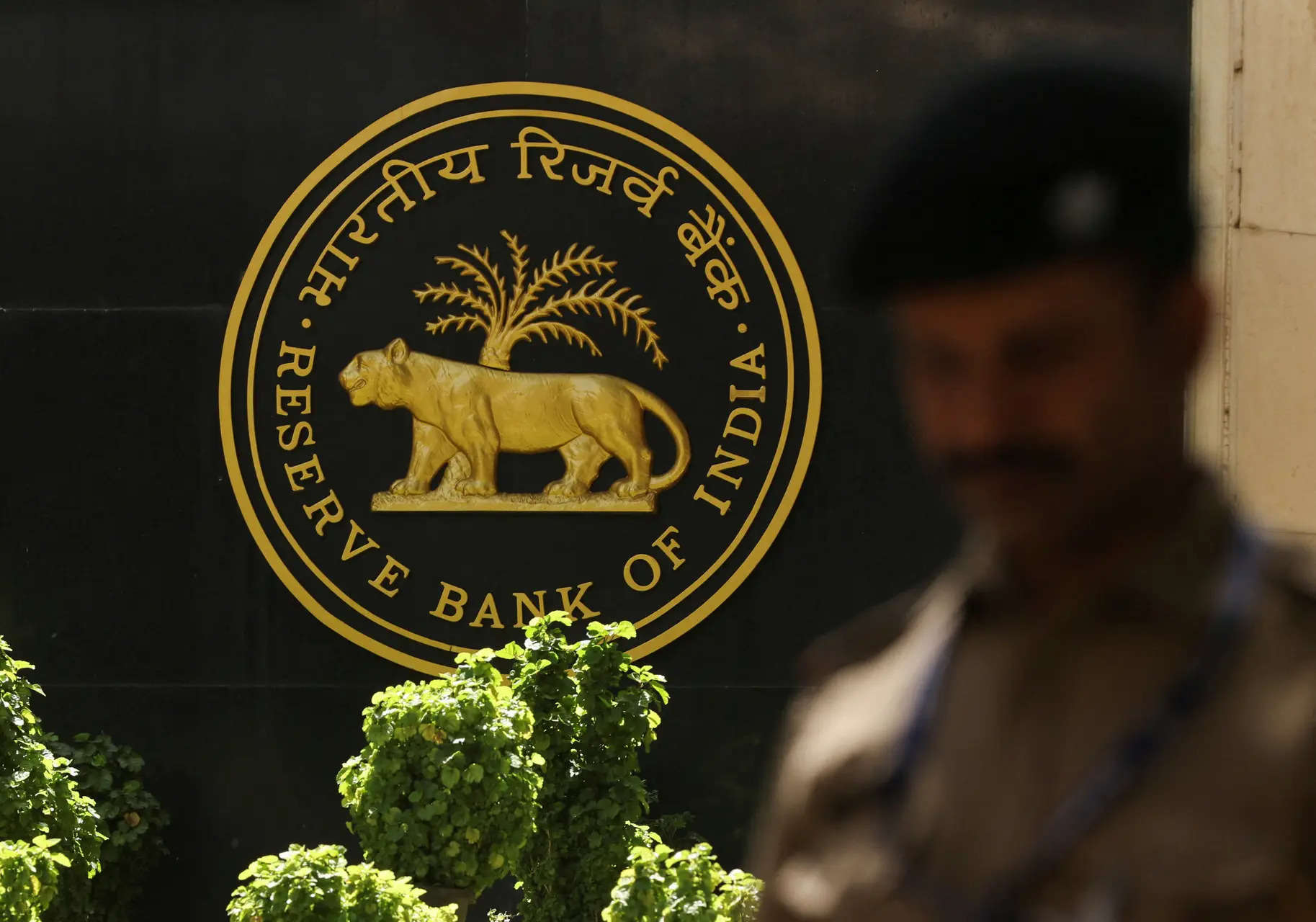[ad_1]
The study which analyses the impact of monetary policy on inflation, output and employment among others concludes that monetary policy measures are more effective when the contribution of the formal sector to the overall output in the economy, suggesting better policy transmission as the formal sector’s share in output rises. The authors analyse the impact of a tight monetary policy on inflation and transmission of policy measures.
” We find that a contractionary monetary policy shock impacts both inflation and output negatively.(It) k leads to both a decline in formal and informal employment, and therefore total employment” said the study by Chetan Ghate, director, Institute of Economic Growth, Delhi and the Reserve Bank of India researchers Satadru Das, Debojyoti Mazumder, Sreerupa Sengupta and Satyarth Singh.
” When we exogenously raise the proportion of formal firms contributing to final production, we find that a contractionary monetary policy shock leads to a small additional reduction in inflation relative to baseline on impact, suggesting that monetary policy is more effective when there is more formality” they say. The study titled Monetary Policy Transmission and Labour Markets in India” is supported by the central bank. But it does not endorse the views of the authors.
Giving a detailed trail of how the policy impacts. the study finds that a contractionary monetary policy shock leads to a decline in aggregate consumption, decline in inflation, decline in investment, a decline in output, a decline in the capital stock, and a decline in private formal employment. Unemployment rises in both formal and informal labour markets. There is a decline in casual and self-employment, which leads to total informal employment falling.
When there is an increase in the proportion of formal firms contributing to final goods production, a contractionary monetary policy shock leads to a small additional reduction in inflation relative to baseline. This suggests that monetary policy is more effective when there is a higher degree of formality in the economy.The study assumes significance as the transmission of 250 basis points ( one basis point is 0.01 percent) by the Reserve Bank is still not complete in many segments of the market even after more than a year of these policy measures . This has also raised debates on timing of a policy rate action by the central bank.
[ad_2]
Source link



